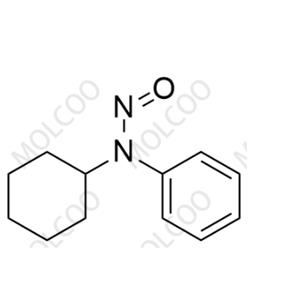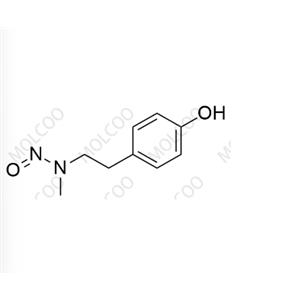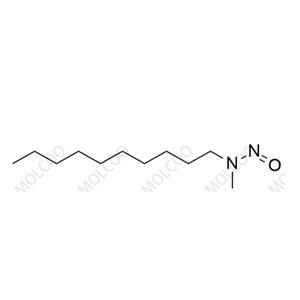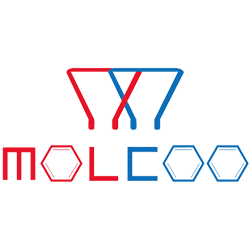N,N-diallylnitrous amide

Product Information
Product Code: N031283
English Name: N,N-diallylnitrous amide
English Alias: N,N-diallylnitrous amide
CAS Number: 16338-97-9
Molecular Formula: C6H10N2O
Molecular Weight: 126.16
Advantages:As a reference standard for N,N-diallylnitrous amide, it features a well-defined chemical structure with HPLC-verified purity ≥98%, excellent stability under low temperature (-20℃) and light protection for long-term storage. Its high purity and stability are suitable for trace detection of nitrosamine impurities, providing a reliable reference for quality control of related pharmaceuticals and chemical products.
Applications:
Nitrosamine Impurity Detection: Used for HPLC or LC-MS/MS detection of N,N-diallylnitrous amide in pharmaceuticals (e.g., compounds with allyl structures) and chemical products, establishing impurity quantification methods to control its content for safety compliance.
Process Risk Assessment: Monitors the formation of this nitrosamine impurity in synthesis processes involving allylamine compounds, reduces its content by optimizing reaction conditions (e.g., avoiding sodium nitrite excess, controlling acidic environments), and evaluates process safety.
Toxicological Research Reference: Serves as a standard substance for toxicological experiments on nitrosamines, supporting genotoxicity and carcinogenicity studies to provide data for risk assessment.
Background Description:N,N-diallylnitrous amide belongs to nitrosamines, which have potential genotoxicity and carcinogenicity, commonly found in the synthesis or storage of drugs containing allylamine structures. Due to their potential to cause gene mutations, nitrosamine impurities are prioritized for control by global regulatory agencies (e.g., FDA, EMA), making precise detection and strict control of such impurities crucial for the quality and safety of pharmaceuticals and chemical products.
Research Status:
Detection Technology: Mainly detected by LC-MS/MS, with detection limits down to 0.01 ng/mL achieved by optimizing chromatographic conditions (e.g., C18 column, methanol-water gradient elution) and mass spectrometry parameters (ESI source, MRM mode), meeting trace analysis requirements.
Formation Mechanism: This impurity forms via the reaction of allylamine with nitrosating agents (e.g., sodium nitrite) under acidic conditions, with significantly increased formation at pH <3 or temperatures >40℃. Studies show that inert gas protection or adding nitrite scavengers inhibits its generation.
Safety Data: Animal experiments show the LD50 of this nitrosamide in rats is 200 mg/kg, and long-term low-dose exposure may induce liver tumors, thus drug standards typically set its limit at ≤0.1 ppm (based on TTC principle).
We can also customize related analogues and modified peptides including HPLC, MS, 1H-NMR, MS, HPLC, IR, UV, COA, MSDS.
This product is intended for laboratory use only!
WhatsAPP: +86 17320513646
E-mail: anna@molcoo.com
NEW IN STOCK!
The Molcoo Laboratory added drug impurity reference standards, including Baricitinib, Piperazine, Benzylpenicillin, Tranilast and multiple N-Nitroso drug impurities! Now available for immediate delivery!














 China
China